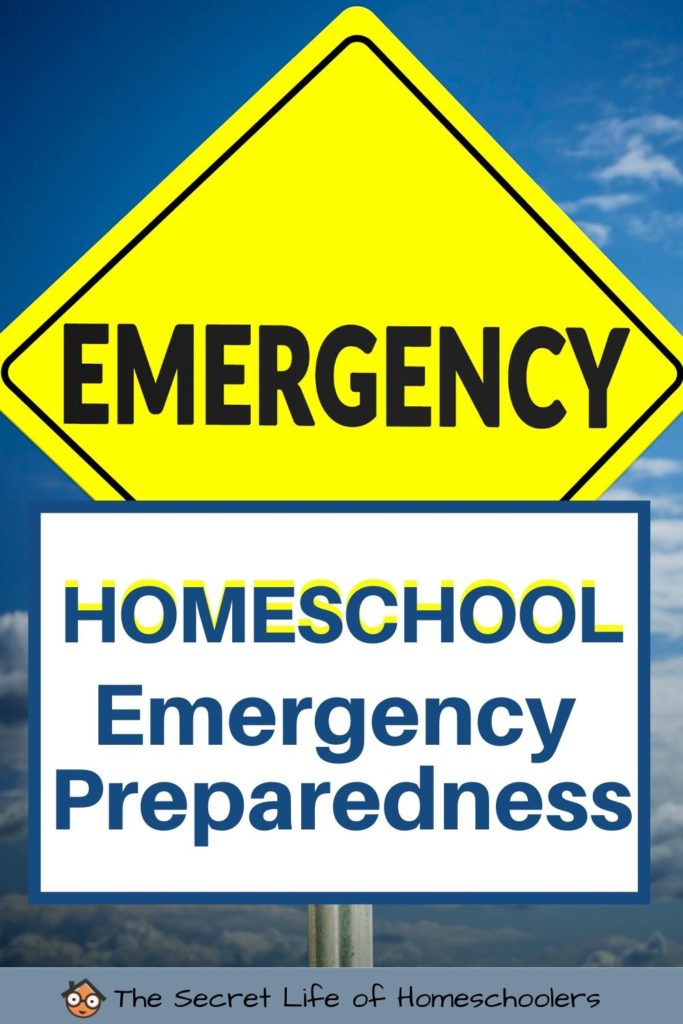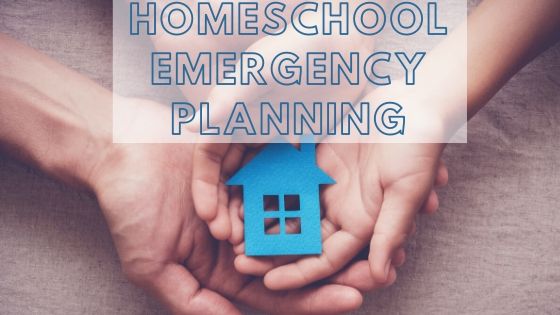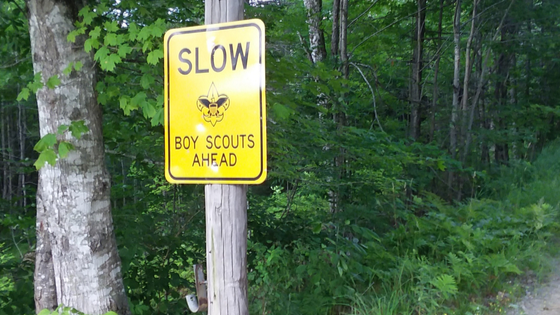Article by Dale Rowley, County Emergency Manager
Is your homeschool prepared for an emergency? Emergencies aren’t just hurricanes, tornadoes, and fires. We are currently living in the midst of a pandemic. I venture to guess not many would have believed we would have this kind of emergency. So, if you need help with emergency preparedness keep on reading.
In part 1 of Homeschool Emergency Preparedness, I discussed identifiable hazards, assessing your risks, and mitigation (reducing how severe an emergency will be). If you haven’t read it, you can click here and come back.
So, the three essential steps mentioned above are very important to the emergency preparedness process. Skipping these preparedness steps may cost more time and money; two things a homeschool family might not have in abundance. Planning for the wrong hazards may result in spending time and money on equipment, supplies and time you may not need.
Here in mid-coast Maine, earthquakes and tornadoes are not likely hazards. That’s not to say these hazards cannot happen – they are just very unlikely, especially as the severity increases. As such, building a storm shelter or earthquake-proofing our home are unnecessary activities. However, severe ice storms and tropical storms are frequent enough that Maine residents will probably experience one in the next several years. These storms result in downed power lines which cause blocked roads and a loss of electrical power for days or weeks. A Maine Homeschool would be very wise to prepare for extended power outages and an inability to leave home.
Homeschoolers will need to know what hazards to plan and prepare for before they travel too far down the preparedness road.
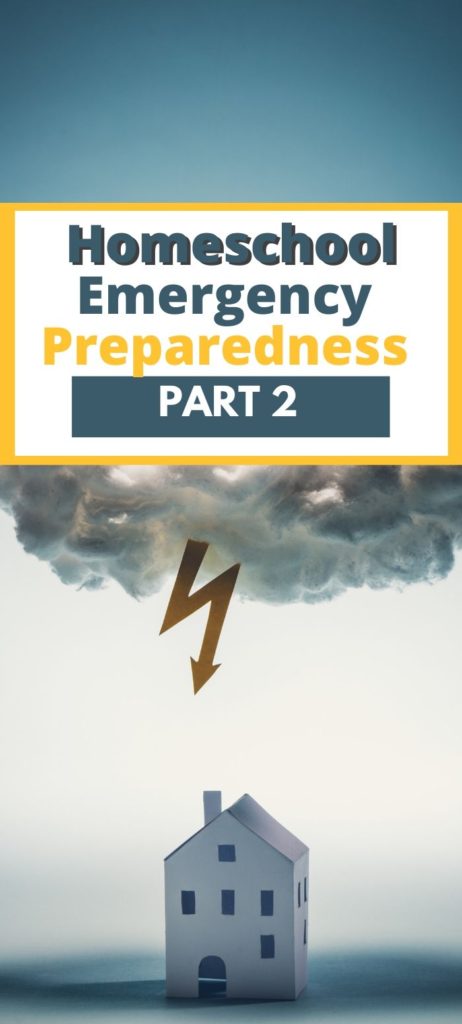
Part 2 of Homeschool Emergency Preparedness
In part 2, I will review resource identification, gap analysis, and courses of action. You’ll notice that we still haven’t actually assembled an emergency plan. These three steps should be completed in order to develop an effective emergency plan.
Resource Identification
Resource identification is about looking at what items one has available that can be used during an emergency. Resources can include equipment, supplies, services, people and their skills. Again, this will relate back to the hazard identification that was accomplished earlier.
If the homeschool location is subject to the possibility of wildfires, then garden hoses and fire extinguishers are needed. Does the homeschool have a large enough vehicle to quickly evacuate every member of the family and anyhousehold pets. How about a NOAA alert radio? FEMA and other emergency management sources provide lists of disaster preparedness supplies and equipment. Many items, like bottled water and alert radios will be used for any type of hazard.
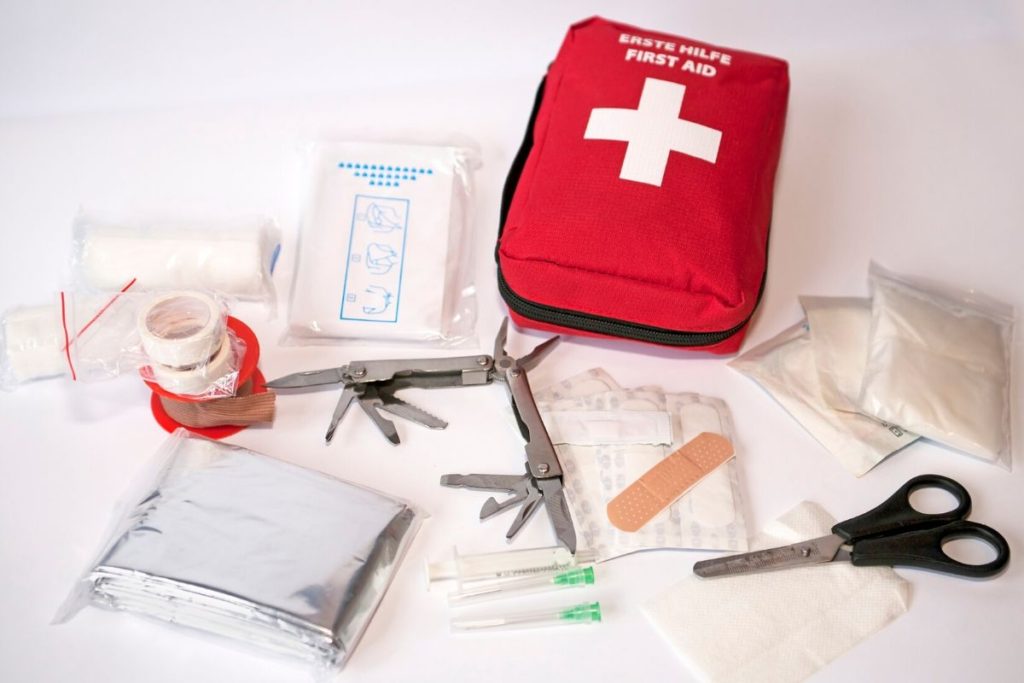
Don’t forget training when it comes to resource identification. Are members of the homeschooling family trained in first aid, CPR, fire extinguisher use, home evacuation, and how to call 911. Do all members know what to do during an earthquake, a hazardous materials release, or a flash flood?
Gap Analysis
What if the homeschool family does not have all the resources that are identified as being needed? This is where the process of gap analysis comes in. A gap analysis is a process of reviewing what you need to get through an emergency with what you have on hand. The difference – that which you need, but don’t have, is your resource gap.
Here in Maine, we regularly experience power outages. As such, one of the best resources we acquired is a standby generator. Whenever we lose power (and it seems to happen very frequently), our generator switches on and powers our home. However, during one outage, we ran out of propane. This was a gap that we didn’t originally identify. Since then, we have installed a larger propane tank and have also installed a manual transfer switch that allows us to bypass the standby generator and plug in a portable gasoline generator. Before we upgraded our system, we would run out of fuel after four days. Now we have eight days of propane and three days of gas.

A gap can also be a process or a skill. Do you know how to light a wood fire; use a map and compass; or complete basic first aid? A fire might be needed to cook a meal or to keep warm. With a map and compass you will never get lost when hiking in unfamiliar woods. Knowing how to stop major bleeding will save a life. I have found it to be surprising how many people I have met who do not know how to complete these basic skills. I learned all of these skills during my years in Boy Scouts. Now I make sure that my children learn and practice these skills. (And yes, we are a Scouting Family!) Insurance is another way to fill a gap that you have. Not many people have the funds to purchase a new house if the first one is lost. To fill this gap, we purchase home insurance.
Course of Action
Once you have identified your resources and worked on various ways to fill the gaps you identified, the next step is to develop Courses of Action. A course of action involves those activities that you need to complete before, during and after an emergency occurs. Perhaps you need to ensure that you have enough food and water on hand during an emergency. A course of action would be to develop a list of activities that your family will undertake in order to ensure that food and water is available should you lose access to normal sources of food and water. Another course of action might be identifying what each member of the homeschool would need to accomplish if the weather radio issues an alert for a wildfire nearby.
Your homeschool emergency planning process will involve the creation of a number of Courses of Action. A good source of research for courses of action is www.Ready.gov. This site will identify what you should do to prepare for nearly any type of emergency and how to prepare in general. Use this information to build your action plan.
Being Prepared
Once your homeschool members have identified your likely hazards, assessed your risk assessment, implemented mitigation actions, identified what resources you have available and analyzed the gaps that need to be filled, and researched and developed your courses of action, you are ready to assemble your homeschool emergency plan. The plan will contain a narrative of all the steps you have accomplished. Once the plan is complete, make sure that all members of the homeschool family are trained and drilled on the plan.
Now you are prepared.
If you would like to learn more about emergency preparedness, you can visit:
